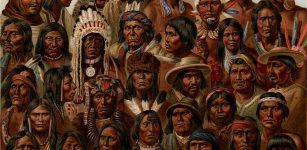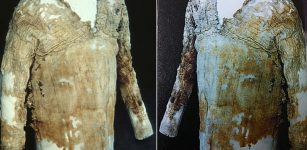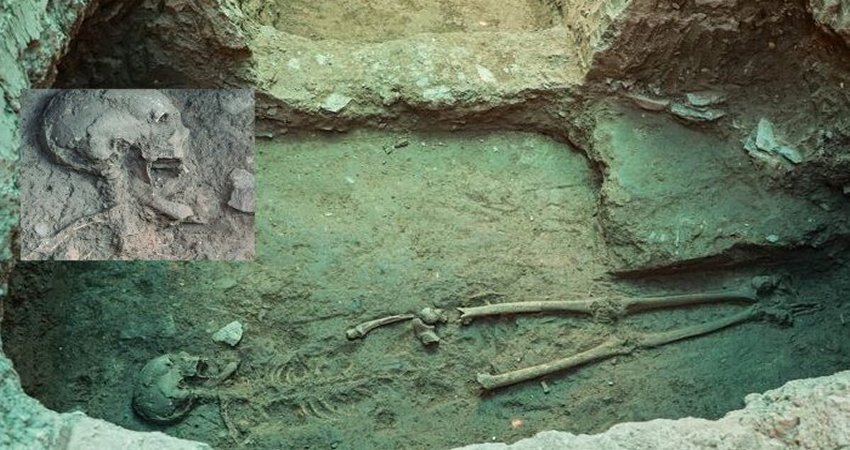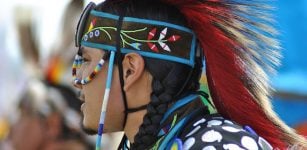DNA Results Show: Polynesians, Native Americans Made Contact Before European Arrival
Conny Waters – MessageToEagle.com – A long-lasting controversy about whether ancient Polynesians and Native Americans had contact – is over.
Stanford Medicine researchers and their collaborators have found conclusive scientific evidence of contact between ancient Polynesians and Native Americans from the region that is now Colombia.
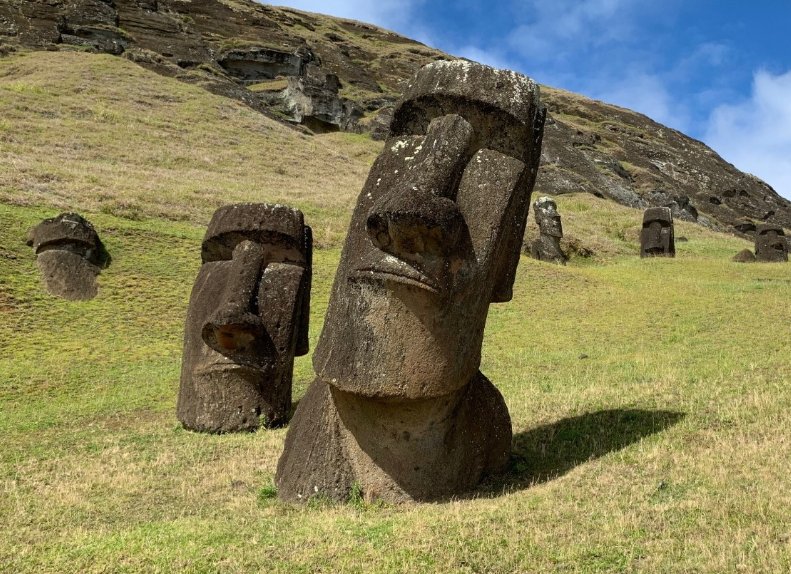
Genetic samples for the study were taken from inhabitants of South America, Mexico and Polynesia, including Easter Island, home to these famous statues. Alexander Ioannidis
“Genomics is at a stage where it can really make useful contributions to answering some of these open questions,” said Alexander Ioannidis, PhD, a postdoctoral scholar at Stanford. “I think it’s really exciting that we, as data scientists and geneticists, are able to contribute in a meaningful way to our understanding of human history.”
Before this study was conducted, proponents of Native American and Polynesian interaction reasoned that some common cultural elements, such as a similar word used for a shared agricultural staple, hinted that the two populations had mingled before Europeans settled in South America. Those who disagreed pointed to studies with contrasting conclusions and the fact that the two groups were separated by thousands of miles of open ocean.
This new study is the first to show, through conclusive genetic analyses, that the two groups indeed encountered one another, and did so before Europeans arrived in South America.
To conduct the study, researchers collected genetic data from more than 800 living Indigenous inhabitants of several South American countries, Mexico and Polynesia, conducting extensive genetic analyses to find signals of common ancestry. Based on trackable, heritable segments of DNA, the team was able to trace common genetic signatures of Native American and Polynesian DNA back hundreds of years.
“Our laboratory in Mexico has been very interested in understanding the genetic diversity of populations throughout Latin America and, more generally, of underrepresented populations in genomic research,” said Andrés Moreno-Estrada, PhD, professor and head of genomic services at the National Laboratory of Genomics for Biodiversity in Mexico.
“Through this research, we wanted to reconstruct the ancestral roots that have shaped the diversity of these populations and answer deep, long-standing questions about the potential contact between Native Americans and Pacific Islanders, connecting two of the most understudied regions of the world.”
Before the study brought scientific evidence to the debate, the idea that Native Americans and Polynesians had crossed paths originated from a complex — both in its structure and origins — carbohydrate: the sweet potato. It turns out the sweet potato, which was originally domesticated in South and Central America, has also been known to grow in one other place prior to European contact. That place is known as Oceania, which consists of many islands, including the Polynesian islands.
“The sweet potato is native to the Americas, yet it’s also found on islands thousands of miles away,” Ioannidis said. “On top of that, the word for sweet potato in Polynesian languages appears to be related to the word used in Indigenous American languages in the Andes.”
The overlap in culture made some archaeologists and historians think it was not only feasible, but likely, that the potato’s arrival in Polynesia was the result of the two peoples mingling.
The researchers believe that the Polynesians landed in what is now Colombia. It is also possible, though less likely due to their coastal travel norms, that one or two ships carrying Native Americans could have sailed off course and run into Polynesia, Ioannidis said.
Without scientific evidence, the idea of overlap was just conjecture. Earlier, other groups of researchers turned to the genetics of the sweet potato, hoping to show that the domesticated potatoes from South America and Polynesia were genetically one and the same. But their efforts to trace the tubers have been inconclusive, as the sweet potato’s genetic origins were too complex to definitively point to human-mediated spread.
Other studies have analyzed ancient DNA from bones belonging to Native Americans and native Polynesians. Ancient DNA samples, however, are often degraded, so these studies were unable to provide sufficient evidence that the two populations shared a moment in history.
Ioannidis’ team took a different, big data approach, analyzing the DNA of hundreds of indigenous people from Polynesia, Mexico and South America. They collected saliva samples from 807 participants on 17 Polynesian islands and 15 Native American groups along the Pacific coast of the Americas from Mexico to Chile, conducting genetic analyses to look for snippets of DNA that are characteristic of each population and for segments that are “identical by descent,” meaning they are inherited from the same ancestor many generations ago.
“We found identical-by-descent segments of Native American ancestry across several Polynesian islands,” Ioannidis said. “It was conclusive evidence that there was a single shared contact event.”
In other words, Polynesians and Native Americans met at one point in history, and during that time people from the two cultures produced children with both Native American and Polynesian DNA. Statistical analyses confirmed the event occurred in the Middle Ages, around A.D. 1200, which is “around the time that these islands were originally being settled by native Polynesians.” Ioannidis said.
See also: More Archaeology News
Using computational methods developed as part of Ioannidis’ graduate work, the team then localized the source of the Native American DNA to modern-day Colombia.
“If you think about how history is told for this time period, it’s almost always a story of European conquest, and you never really hear about everybody else,” Ioannidis said. “I think this work helps piece together those untold stories — and the fact that it can be brought to light through genetics is very exciting to me.”
Written by Conny Waters – AncientPages.com Staff Writer


